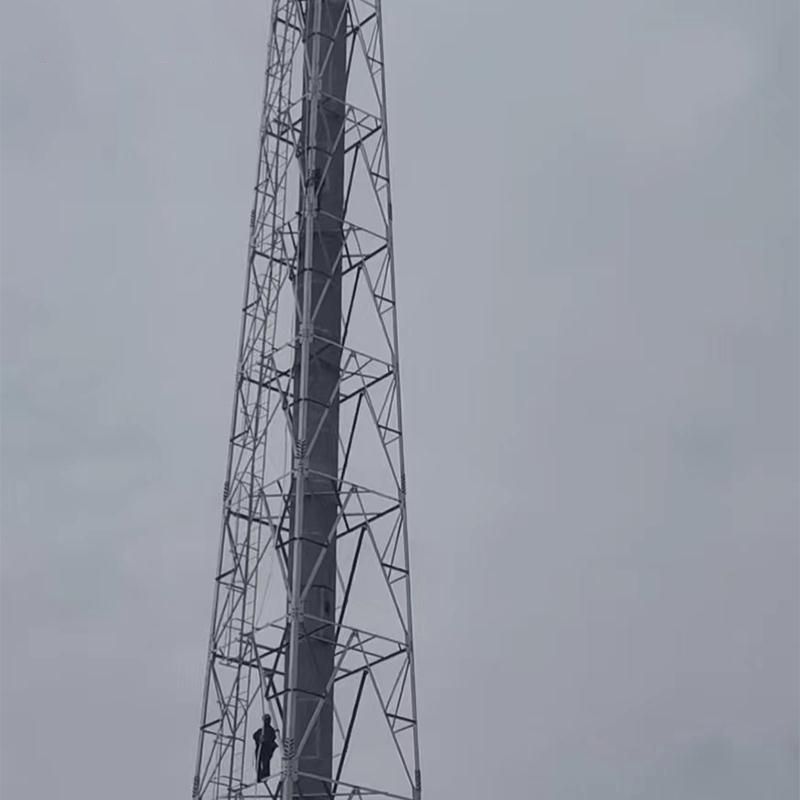Tower Chimneys: Guardians of the Skyline and the Environment
2023-11-21
Introduction:
In the modern era of industrialization, where progress and environmental consciousness intersect, tower chimneys emerge as key players in the quest for responsible industrial practices. Beyond their towering presence on the skyline, these structures play a vital role in pollution control and environmental compliance. In this exploration, we delve into the multifaceted role that tower chimneys assume in the context of pollution control and adherence to environmental regulations.
1. Dispersion of Emissions:
- Tower chimneys act as conduits for the safe dispersion of industrial emissions into the atmosphere. By elevating the release point, the chimneys facilitate the upward flow of gases, allowing them to disperse and dilute more effectively, minimizing their impact on the surrounding environment.
2. Stack Effect:
- The stack effect, driven by the buoyancy of hot gases, is a natural phenomenon harnessed by tower chimneys. By optimizing the stack effect, these structures enhance the upward movement of emissions, reducing the risk of pollutants lingering at ground level and improving the overall efficiency of pollution control.
3. Compliance with Environmental Regulations:
- Tower chimneys play a pivotal role in helping industries comply with stringent environmental regulations. Regulatory bodies establish emission standards to control the release of pollutants into the air. The height and design of tower chimneys are carefully considered to meet these standards and ensure adherence to air quality regulations.
4. Particulate Matter and Gaseous Pollutants:
- Industries often produce a mix of particulate matter and gaseous pollutants during various processes. Tower chimneys are designed to handle both types of emissions, releasing them at an elevation that minimizes their impact on air quality and human health.
5. Controlled Release of Hazardous Chemicals:
- In industries where hazardous chemicals are part of the manufacturing process, tower chimneys provide a controlled and regulated outlet for the release of these substances. This controlled release is essential for preventing accidental exposure and mitigating potential environmental hazards.
6. Monitoring and Reporting Systems:
- Modern tower chimneys may incorporate monitoring and reporting systems to track emissions in real-time. These systems enable industries to stay in compliance with environmental regulations, providing data that can be used for reporting and regulatory documentation.
7. Integration of Pollution Control Technologies:
- Tower chimneys often integrate pollution control technologies, such as scrubbers or electrostatic precipitators. These technologies help remove or reduce pollutants before they are released into the atmosphere, contributing to cleaner air and reduced environmental impact.
8. Prevention of Ground-Level Impact:
- By elevating the release point of emissions, tower chimneys effectively prevent ground-level impact. This is crucial for protecting ecosystems, preventing soil and water contamination, and safeguarding the health of nearby communities.
Conclusion:
In the evolving landscape of industrial practices, tower chimneys emerge as stalwart guardians of the environment. Their role in pollution control, compliance with environmental regulations, and the integration of advanced technologies underscores the commitment of industries to responsible and sustainable practices. As these towering structures continue to shape the skyline, they stand not just as symbols of progress but as vital contributors to the collective effort to preserve and protect our planet.



